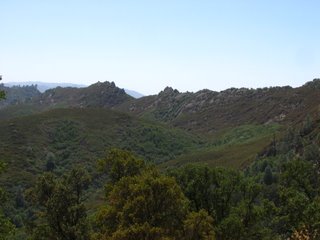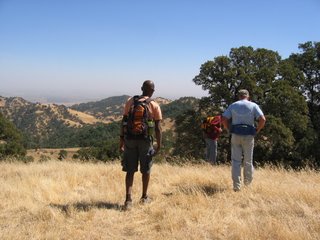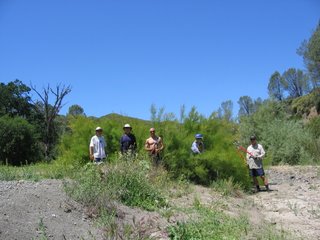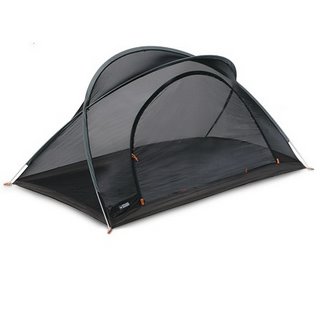A number of people have asked about the fall 2006 schedule. There are several things going on...
Sam and I want to make the program more sustainable. When we started this, it was small, just the two of us as leaders, and few members. That was six years ago. Since then, I've had kids and Sam's knees are feeling the effects of hikes from days past. And our membership is huge...
Also, with the hiking club adopted as a Tuleyome project, we now have the capability to use our non-profit sponsor's organizational abilities to help recruit hike leaders (docents). This, coupled with Tuleyome's acquisition of the Ireland Ranch, makes this even more important, as we will be seeking docents to lead hikes on that property as well.
Sam has suggested the following, in an email to our hiking list:
The Yolohiker web site Calendar of Hikes is not updated for 2006-7, mainly because we don't yet have a schedule.So, if you are interested in leading a hike and getting involved, let me know!
The problem is that we leaders, mainly Andy and myself plus Carol, Herb and Andrea, need to expand our inventory of hike leaders-- so listen up, here's the plan:
We will have hikes on the second Sunday and fourth Saturday (with exceptions-- see calendar below) of each month through early next June. As usual, they will all start with a 9am rendezvous at either the Guinda Post Office or the Winters public parking lot at the intersection of Railroad and Russell. We have a large inventory of past hikes and a similar inventory of able-bodied hikers who know them and are capable of leading others on these hikes.
All we need to do is match-up the dates, hikes and leaders. The Trail maps page of Yolohiker shows 15 hikes and Cross-country page shows 6 more. And there are a half-dozen or so additional, eg, Long Canyon, Zim-Zim Falls, etc., not yet on the website.
Here's the bottom line: If you know one of these hikes (or a new one, not yet in our repertoire) and want to see it on the list, then pick a date and email me volunteering to lead the hike. If you've been on a hike with me or Andy, you know how it's done and we'll be happy to provide pointers, guidance etc. As these come in, Andy will replace To Be Announced on each date with the hike title and leader. I'll include it in this newsletter writeup and schedule.
But we need to make Yolohikers and the Capay Valley Hiking Club into more of a DIY adventure (instead of a DIMyself venture). Several people have already volunteered but now is the time to get the specifics to me-- where will we be going on Oct 28??
Dates we have set aside, but still need leaders If we don't get a leader, there won't be a hike on the day posted:
Calendar: 2006-7 Hike Schedule (If I've made a mistake in picking 2nd Sun and 4th Sat, make an adjustment-- suggest an alternative date for your hike, as appropriate --sam)
Oct 8 Sam Redbud Trail
Oct 28 TBA
Nov 12 TBA
Dec 2 (because 25 Nov is Thanksgiving) TBA
Dec 10 TBA
Dec 23 TBA
Jan 1 TBA (Third annual New Years Day excursion)
Jan 14 TBA
Jan 27 TBA
Feb 11 TBA
Feb 24 TBA
Mar 11 TBA
Mar 24 TBA
Apr 8 TBA
Apr 28 TBA
May 13 TBA
May 26 TBA
Jun 10 TBA
*Rendezvous in Winters, not Guinda






































